BYGONE DAYS: A ‘difficult harvest’ is now being brought in by farmers
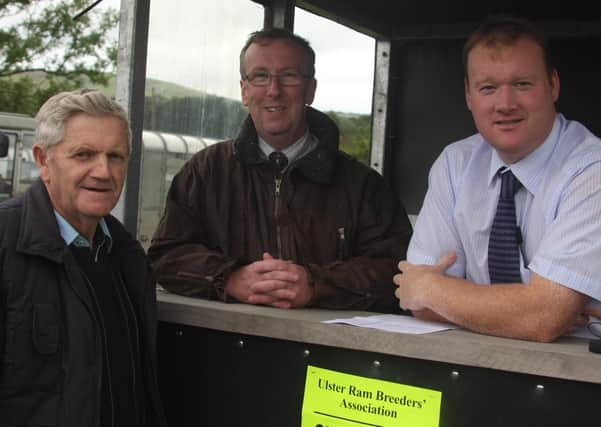

The strong sunshine made it an ideal harvest week and the dry grain speeded up the combines and enabled balers to get to work.
Long after darkness on most of the recent nights harvesters were seen still working away in the blazing headlights of tractors.
Advertisement
Hide AdAdvertisement
Hide AdThe good weather had put “new heart” into the farmers who only a few days previously were depressed by the dismal outlook. Then came the sunshine and transformed the situation.
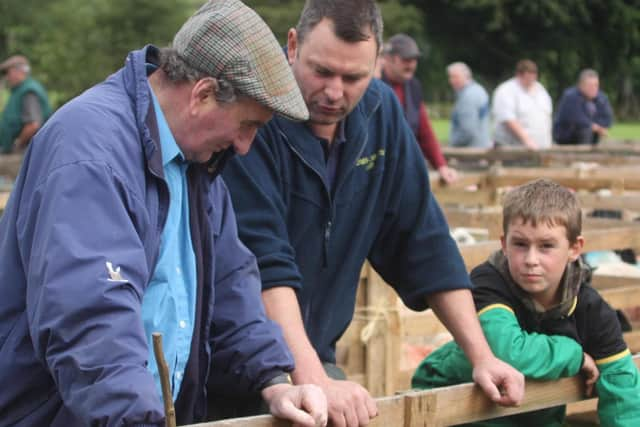

BALERS BUSY
Farming Life’s editor William Warren wrote: “By last night thousands of acres of barley and oats had been safely harvested and the balers have been able to keep up well with the combines.”
Mr Sam Campbell of the Ministry of Agriculture told Farming Life that he reckoned that about 25 per cent of the grain – 75,000 acres had been harvested.
“Tremendous progress has been made during the past few days,” Mr Campbell said. “It is a very difficult harvest and output in general is slow. There has been steady going, however, and this has enabled farmers to get through a lot of grain.”
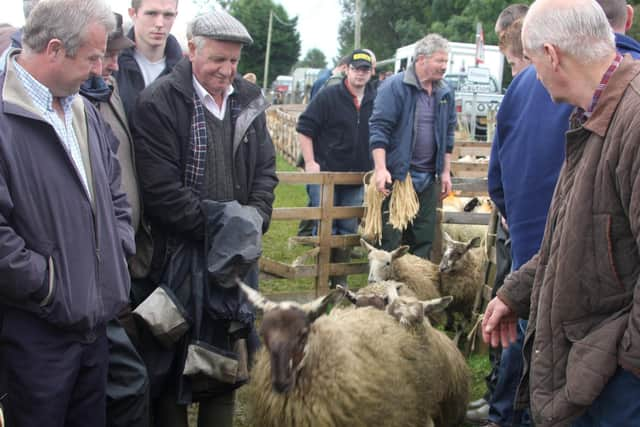

TANGLED GRAIN
Advertisement
Hide AdAdvertisement
Hide Ad“The grain is so dry that the machines have been working extremely well with a few breakdowns which are caused to a certain extent by wet material.”
Mr Campbell told Farming Life that he never remembered “so much grain really battered into the ground”.
He said: “Fifty per cent of the grains is very difficult to handle – really badly tangled and flat.”
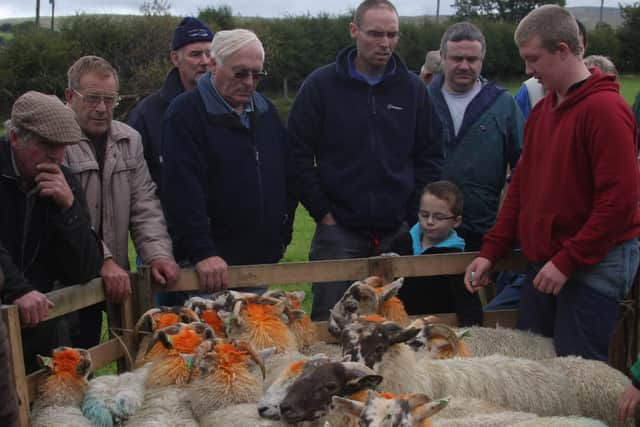

YIELDS DOWN
Yields, generally showed a big drop compared to 1962 – “on average about five cwt to the acre down. Yields of 20 cwt to 28 cwt to the acre” were not uncommon.
Advertisement
Hide AdAdvertisement
Hide AdWilliam Warren wrote: “Some of the grain is so flattened that the machines are not getting it at all.
“I heard one farmer who estimates that the yield of his 200 acres of barley is down by about half.
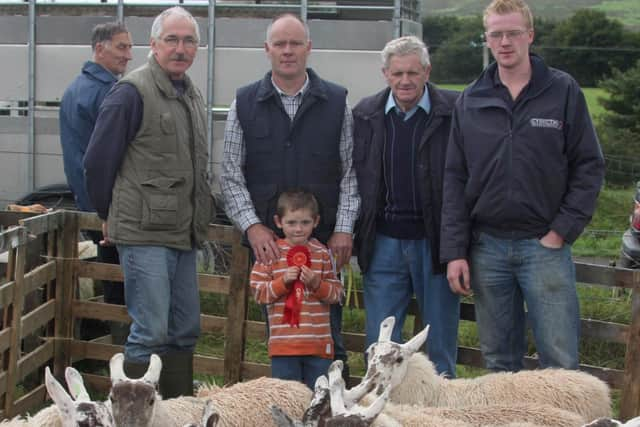

“But some farmers claim that they are getting as high yields as last year.”
ANOTHER WEEK . . .?
“It is surprising what will be done in another week if the weather keeps good,” said Mr Campbell.
Advertisement
Hide AdAdvertisement
Hide Ad“By then the back of the harvest could be broken so far as the average man is concerned.
“The fields can be cleared rapidly of both stooks and baled straw.
“It will take a few weeks, however, before most of the big growers will have their harvest safely gathered in.”
William Warren concluded his report by saying: “Never has there been such an array of combine harvesters and driers in Northern Ireland but their success depends on the weather!”
NEW LIVESTOCK MART
Advertisement
Hide AdAdvertisement
Hide AdThe old railway station in Dromore, Co Down, was being turned into a livestock mart which was expected to open early in October 1963, reported Farming Life this week.
The venture had been initiated by the Dromore Chamber of Trade a few years previously in an effort to increase the trade of the town.
Mr Robert Kirk, secretary of the chamber, said that it was the “greatest boost” the town had had in years. He said he hoped that Dromore would “regain it status as one of the foremost market towns in the Province”.
Comment Guidelines
National World encourages reader discussion on our stories. User feedback, insights and back-and-forth exchanges add a rich layer of context to reporting. Please review our Community Guidelines before commenting.